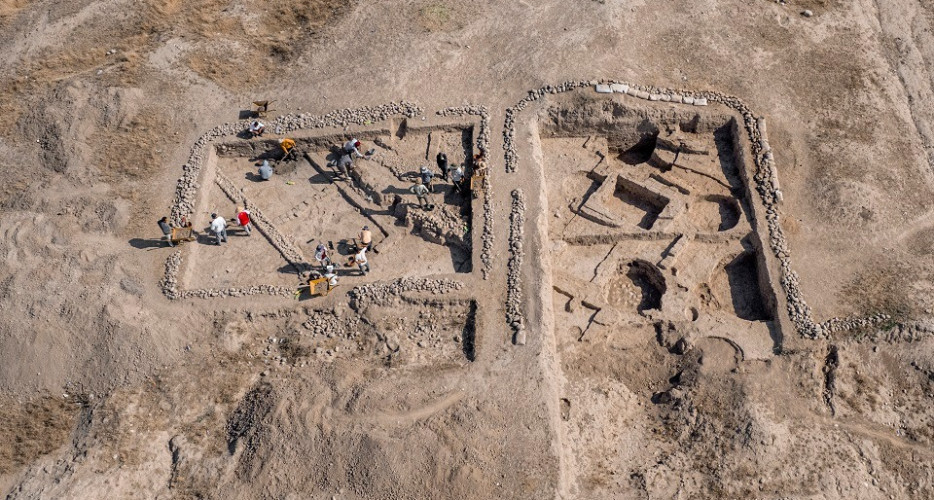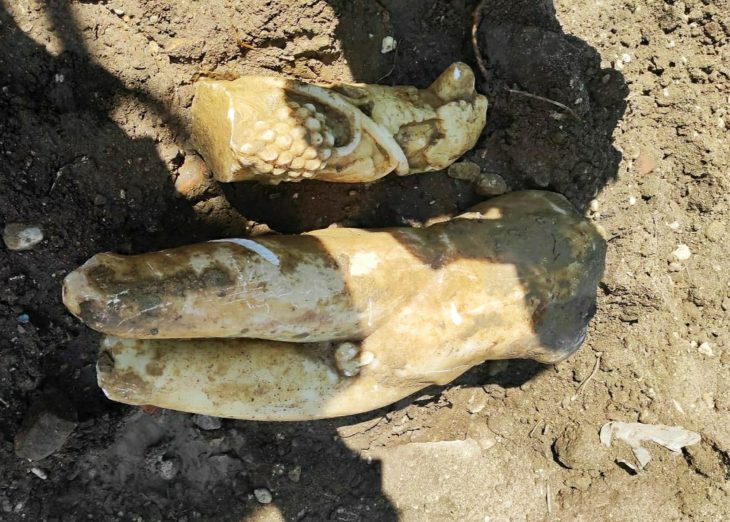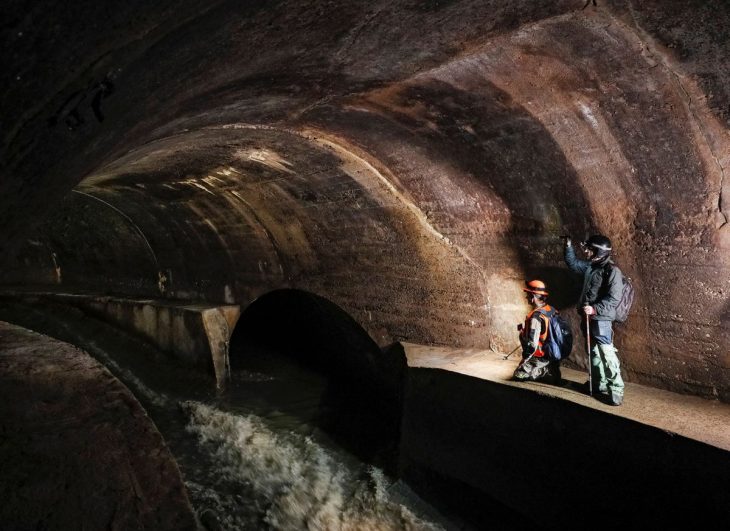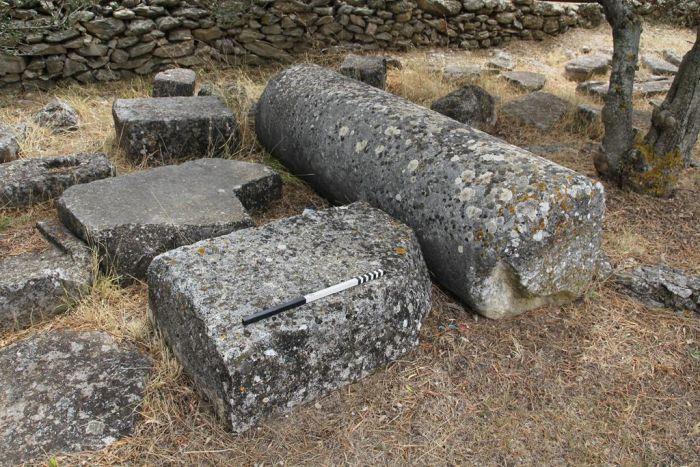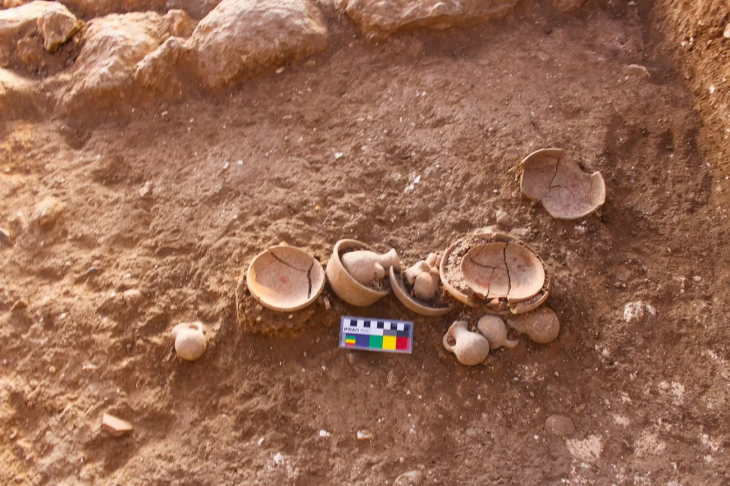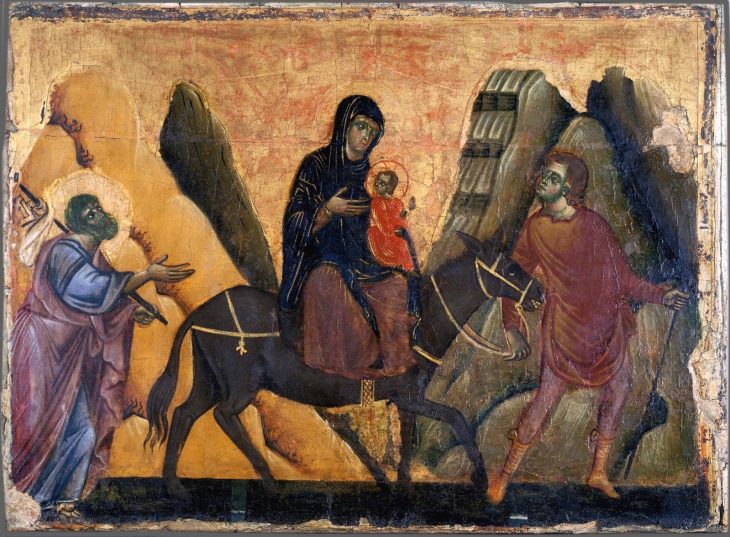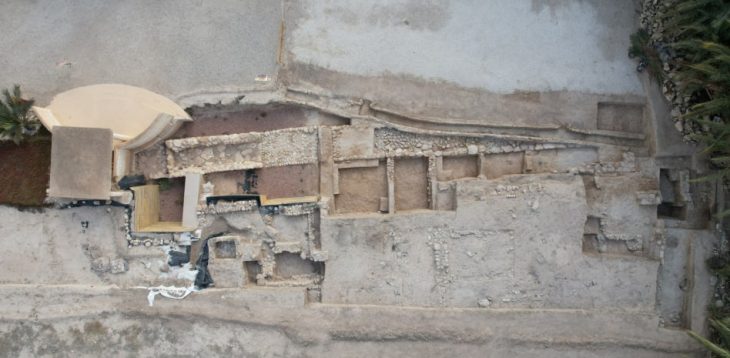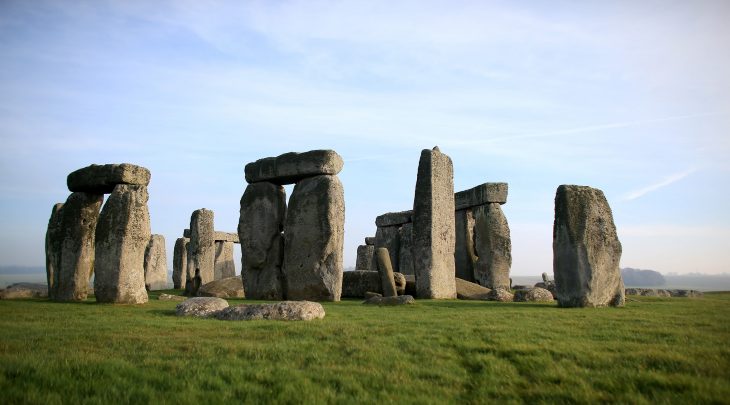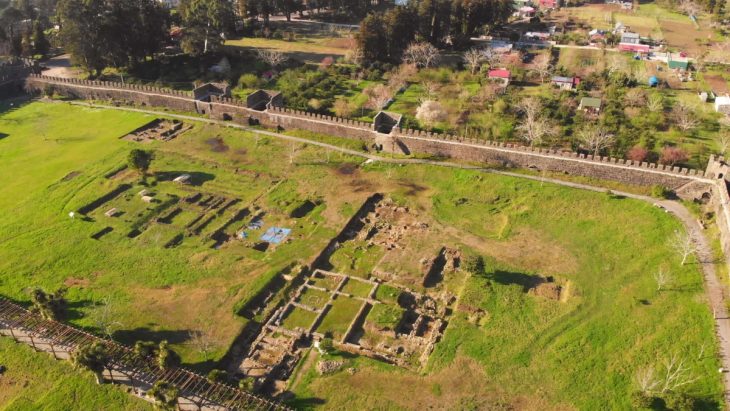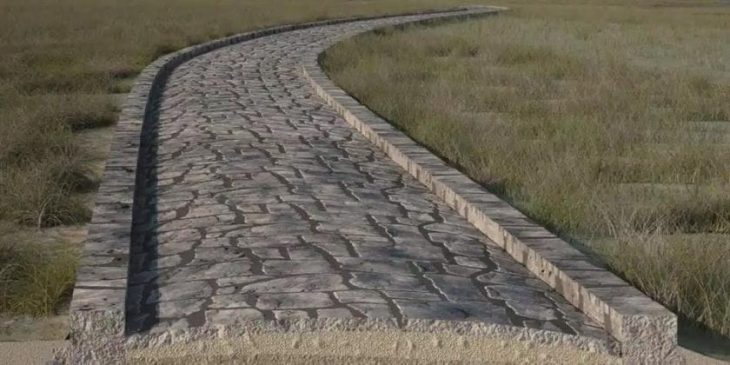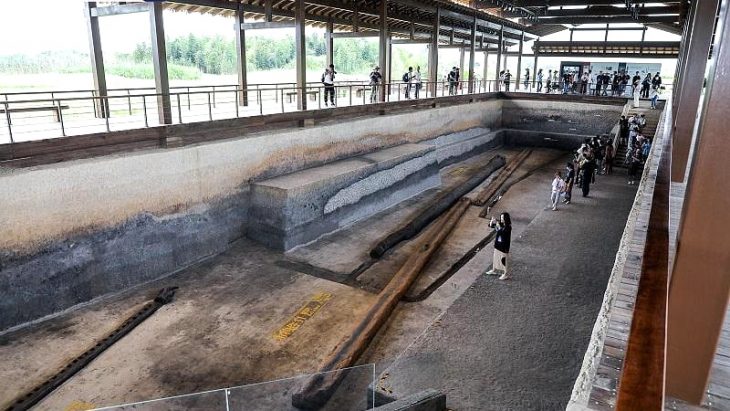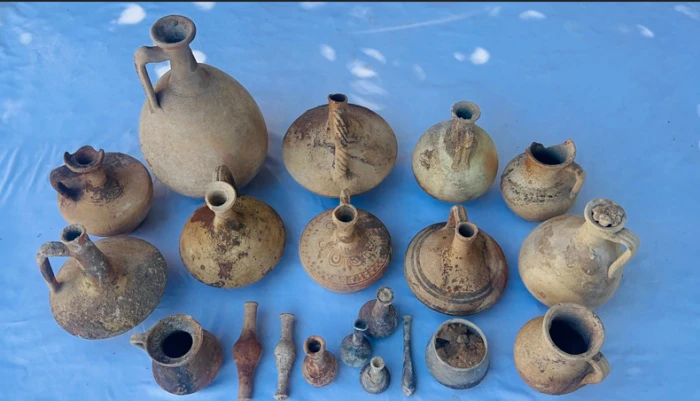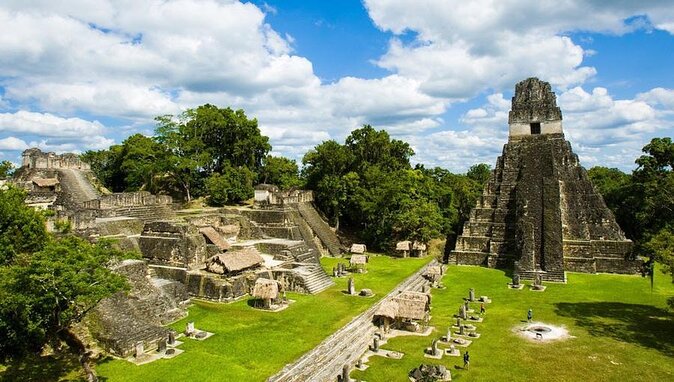Archaeologists from the University of Udine have uncovered two ancient human settlements in the Rovia sub-district of Dohuk province in Iraqi Kurdistan, thought to date back some 8,000 years. The discovery took place at the site of Kanispan, a Neolithic settlement from the 7th millennium BC.
The province’s Director of Antiques and Heritage, Bekas Brifkani, told Shafaq News Agency that the sites were discovered in Asinkran and Kanisban areas, located in the Nafkor plain near the Rovia district in eastern Duhok.
Important information about the earliest agricultural societies and how they evolved into more complex communities has been uncovered by these excavations, which were conducted as part of the Asingeran Excavation Project in cooperation with the Directorate of Antiquities of Dohuk.
The project, coordinated by Marco Iamoni, is part of the Humanities and Cultural Heritage Department of the University of Udine. ‘The information obtained in Asingeran and the new Kanispan site is exceptional,’ emphasizes Professor Iamoni, lecturer in Archaeology and Art History of Ancient Western Asia and the Eastern Mediterranean.
Some of the oldest methods of grain processing and pottery making, which date back more than 8,000 years, were found in Asinkran. Meanwhile, evidence of early agricultural specialization and craft production was discovered at the Kanisban site, a Neolithic settlement from the 7th millennium BCE.
📣 Our WhatsApp channel is now LIVE! Stay up-to-date with the latest news and updates, just click here to follow us on WhatsApp and never miss a thing!!
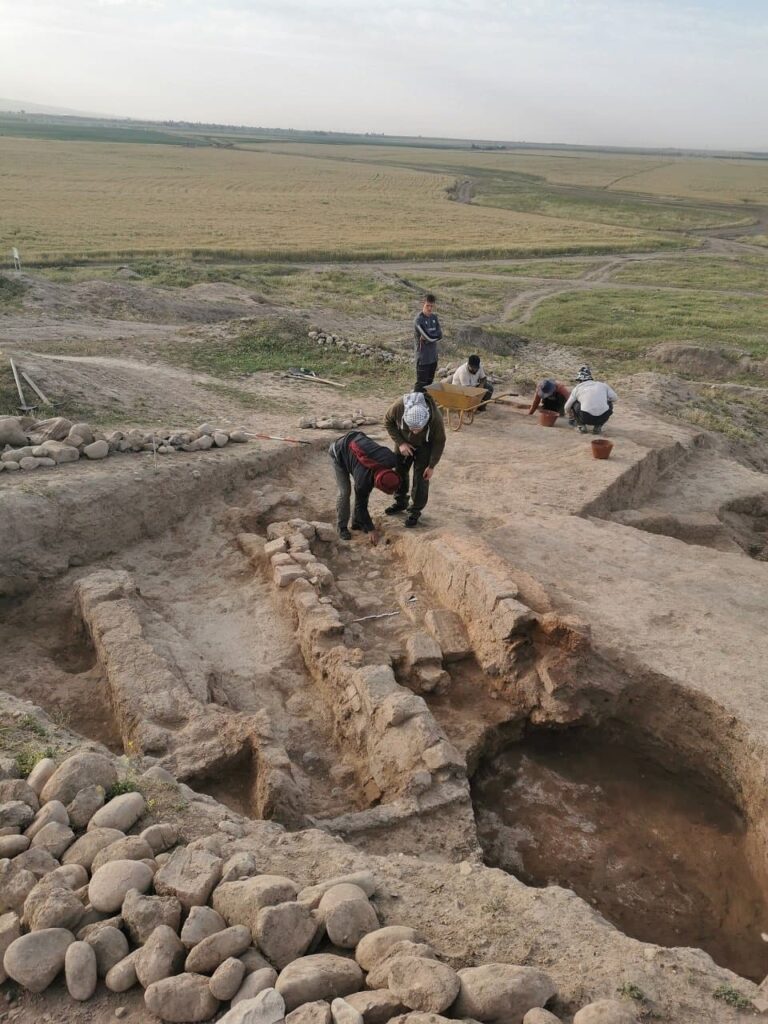
At the nearby Asinkran site, two monumental buildings dating back about 7,000 years were uncovered. “These buildings, the Rectangular Mudbrick Building and the White Building were constructed on a high mound and likely served as residences for the social elite of that era,” he explained.
Large buildings at Asingeran indicate the presence of sophisticated social structures from very early times, while early evidence of ceramic production and cereal cultivation at Kanispan represents a significant milestone in prehistoric archaeology.
The project’s primary objective is to determine how early egalitarian agricultural societies developed into more complex communities with social stratification and labor specialization. Modern societies are thought to have been influenced by this transformational model.
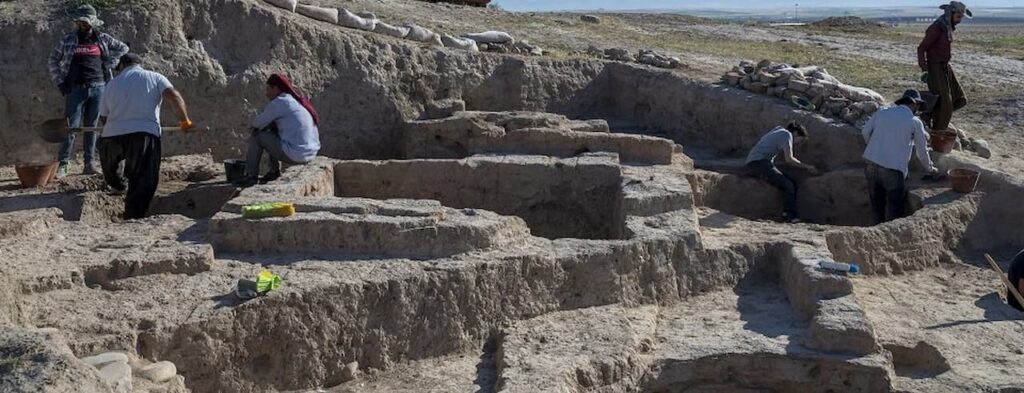
Brifkani described the discovery as an “important step” in reconstructing the history of human development in the region, highlighting the Kurdistan Region’s significance as “one of the main centers of early civilization.”
The results will be examined in specialized labs using DNA, paleobotanical, and ceramic analyses. These studies are being carried out in partnership with the National Museum of Denmark and the universities of Padua and Bologna. The findings will shed light on the subsistence and social organization systems in the Navkur plain and aid in reconstructing the social structure of the area’s first communities and their agricultural practices.
The Asingeran site shows a continuous occupation from the Ceramic Neolithic to the early 3rd millennium BCE, with a significant period of reoccupation in the 2nd millennium BCE. In addition to the two large buildings mentioned, the area has revealed traces of Ottoman-era dwellings (1500–1800 CE), including small stone houses, hearths, and domestic ovens.
Cover Image Credit: Excavations at Asingeran. Credit: University of Udine

